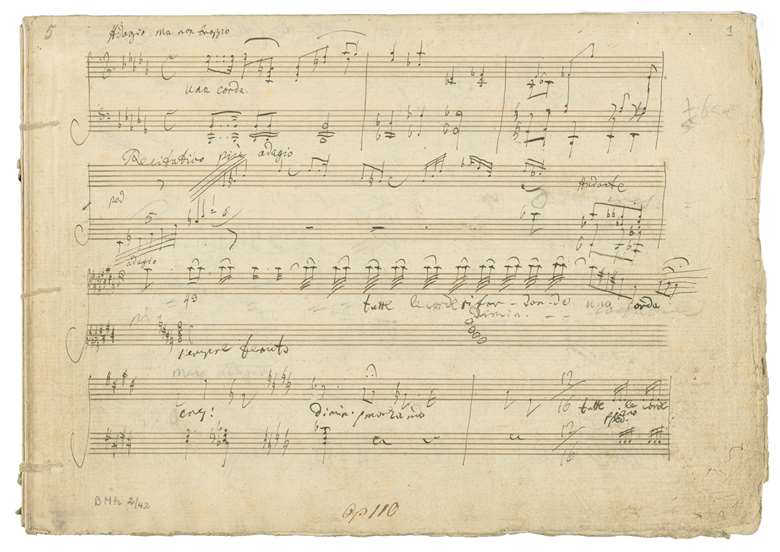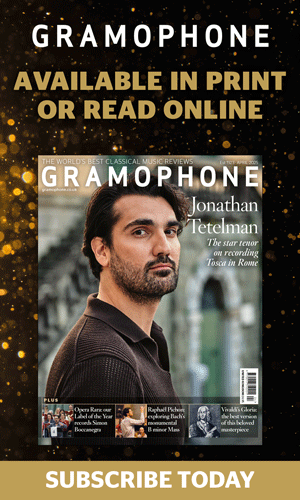Beethoven’s Piano Sonata No 31 in A flat, Op 110: a guide to the best recordings
Charles Timbrell
Friday, July 12, 2024
Beethoven’s penultimate piano sonata stands among the finest achievements of his later years. Charles Timbrell makes a personal selection from its substantial discography

Register now to continue reading
Thanks for exploring the Gramophone website. Sign up for a free account today to enjoy the following benefits:
- Free access to 3 subscriber-only articles per month
- Unlimited access to our news, podcasts and awards pages
- Free weekly email newsletter












